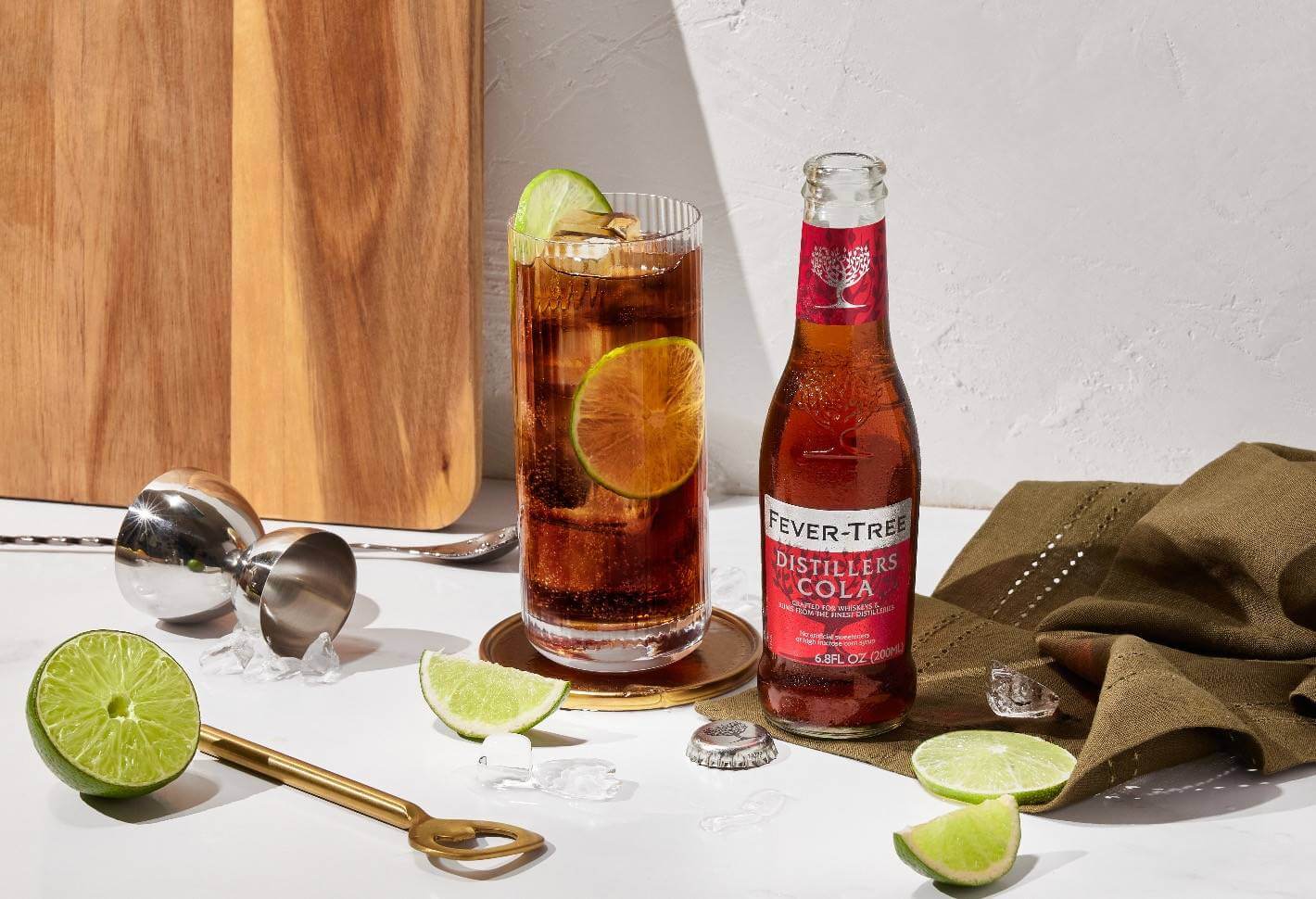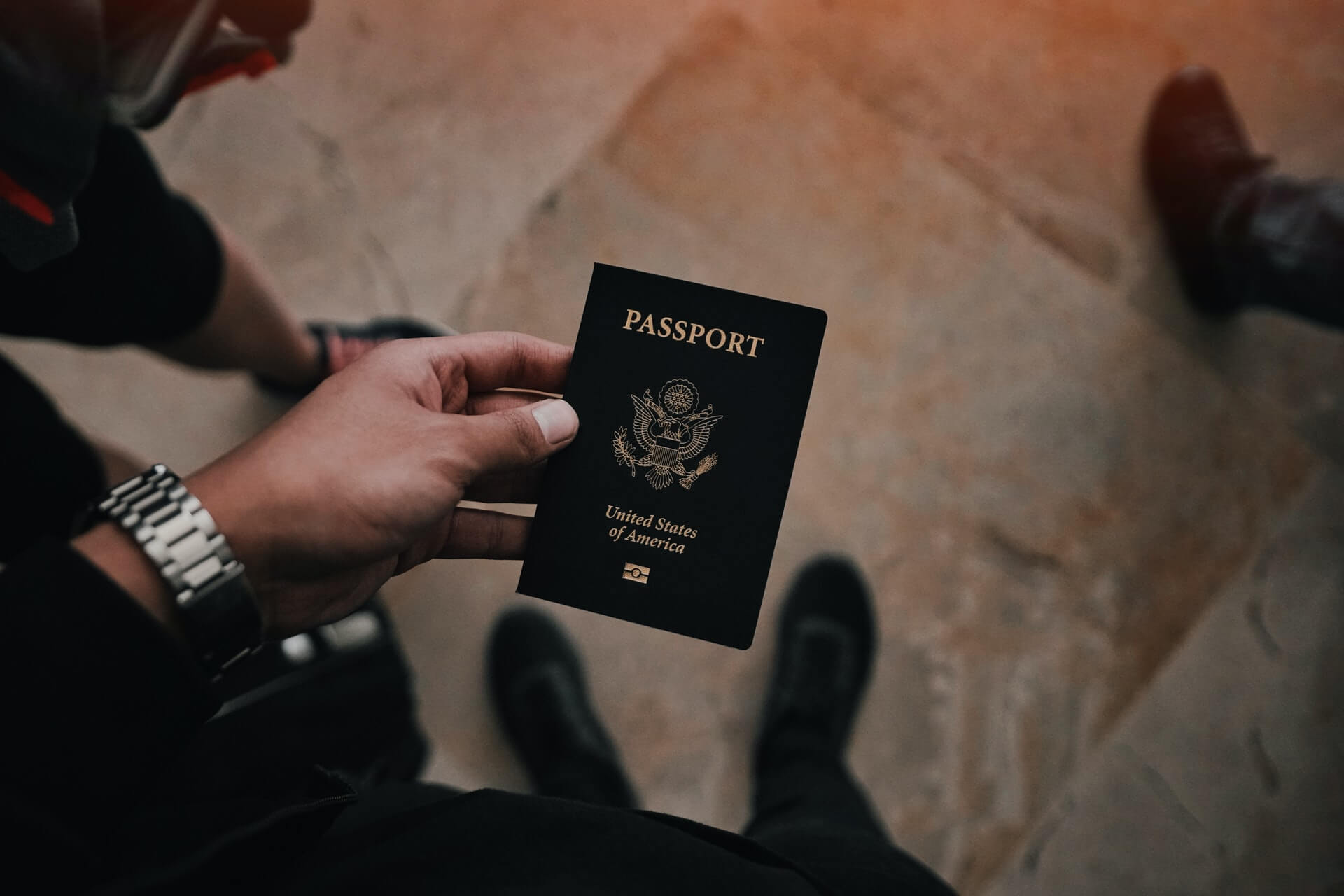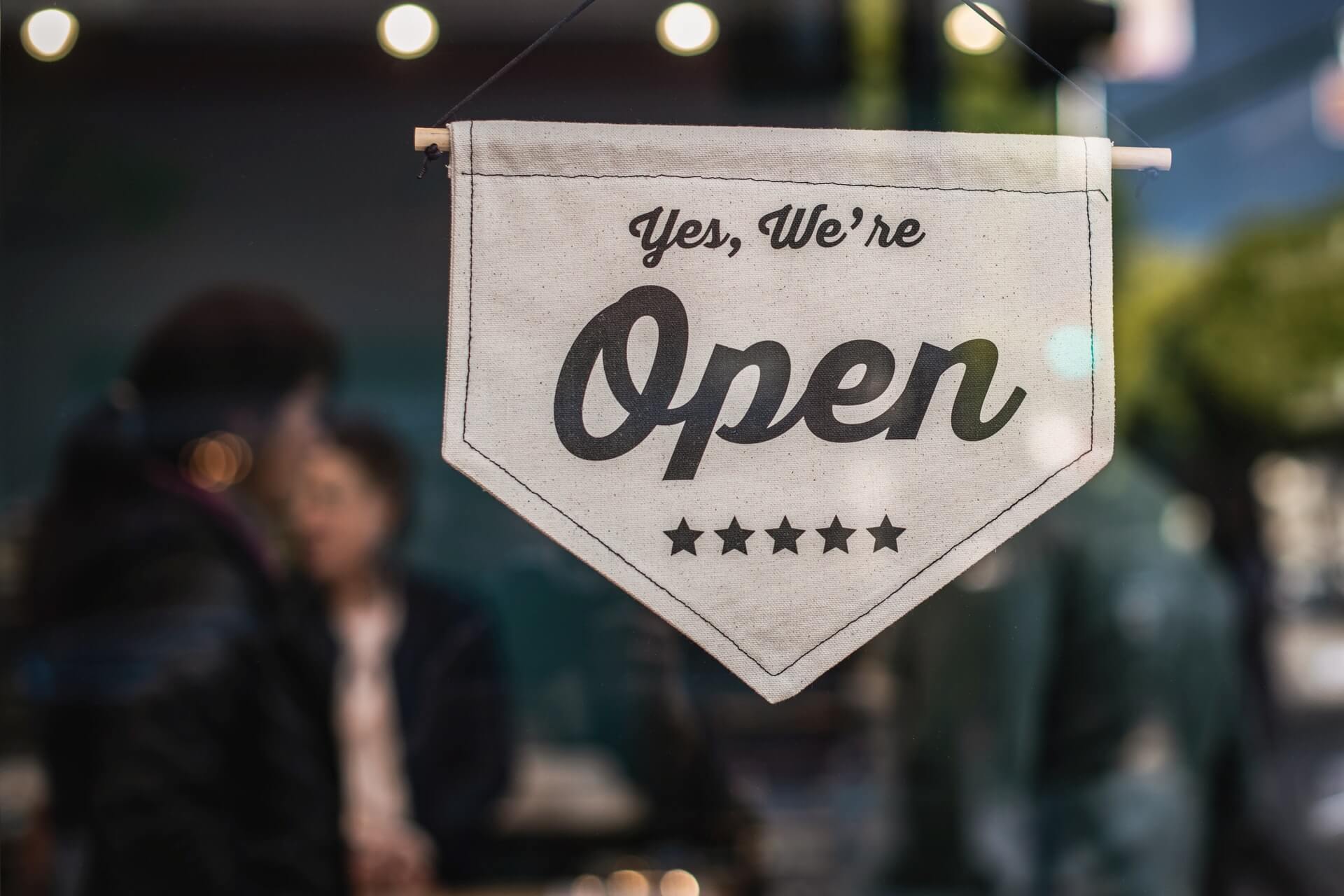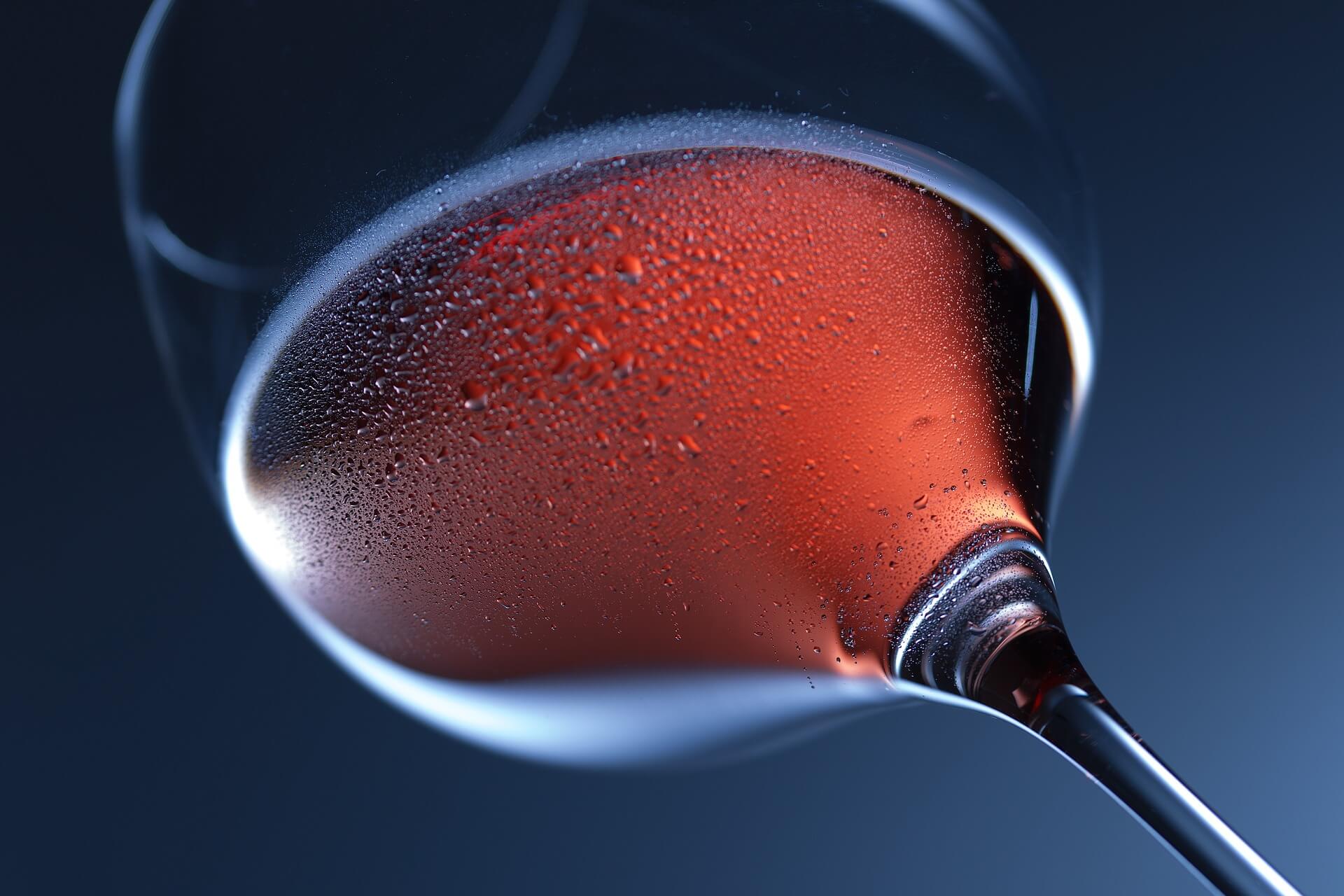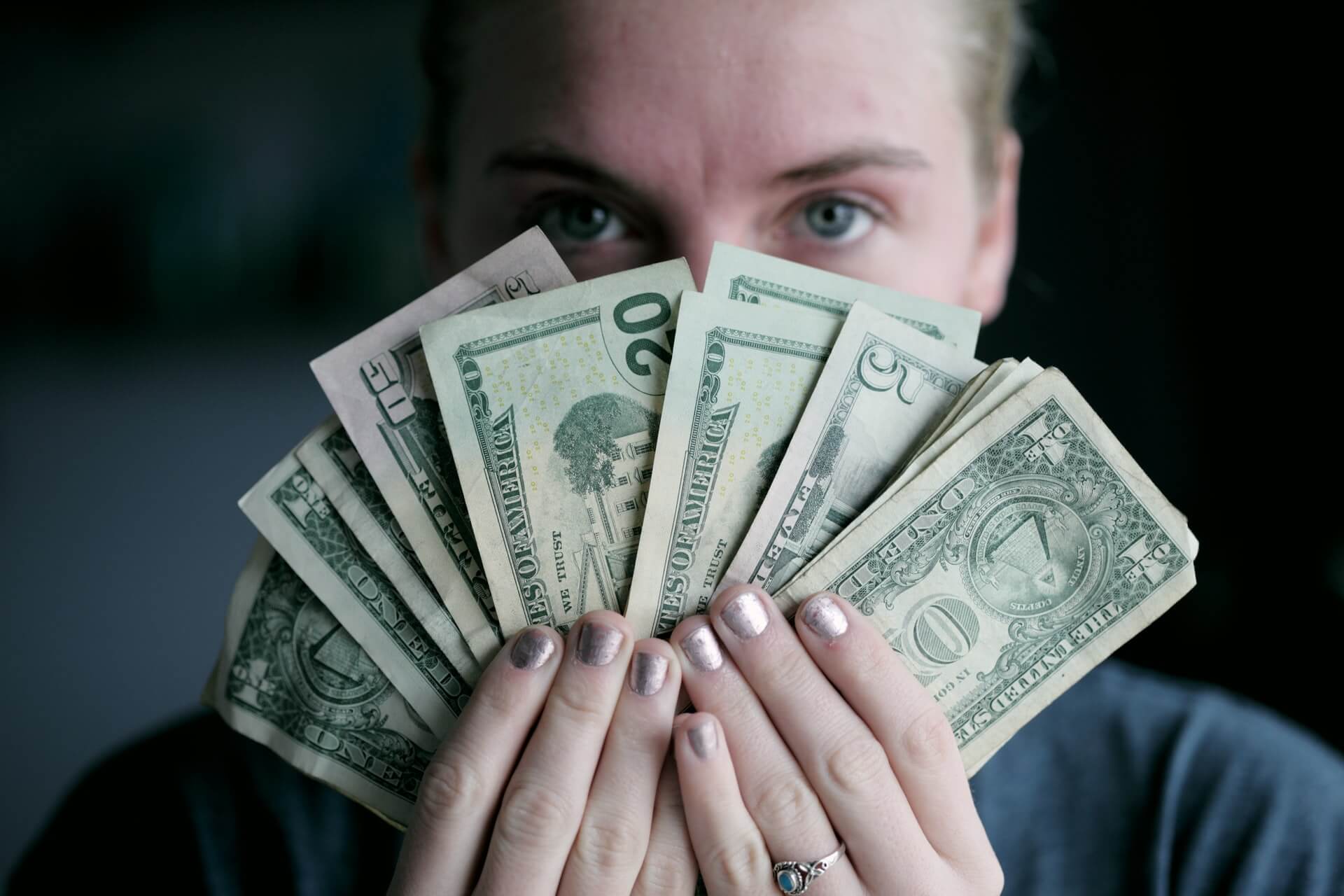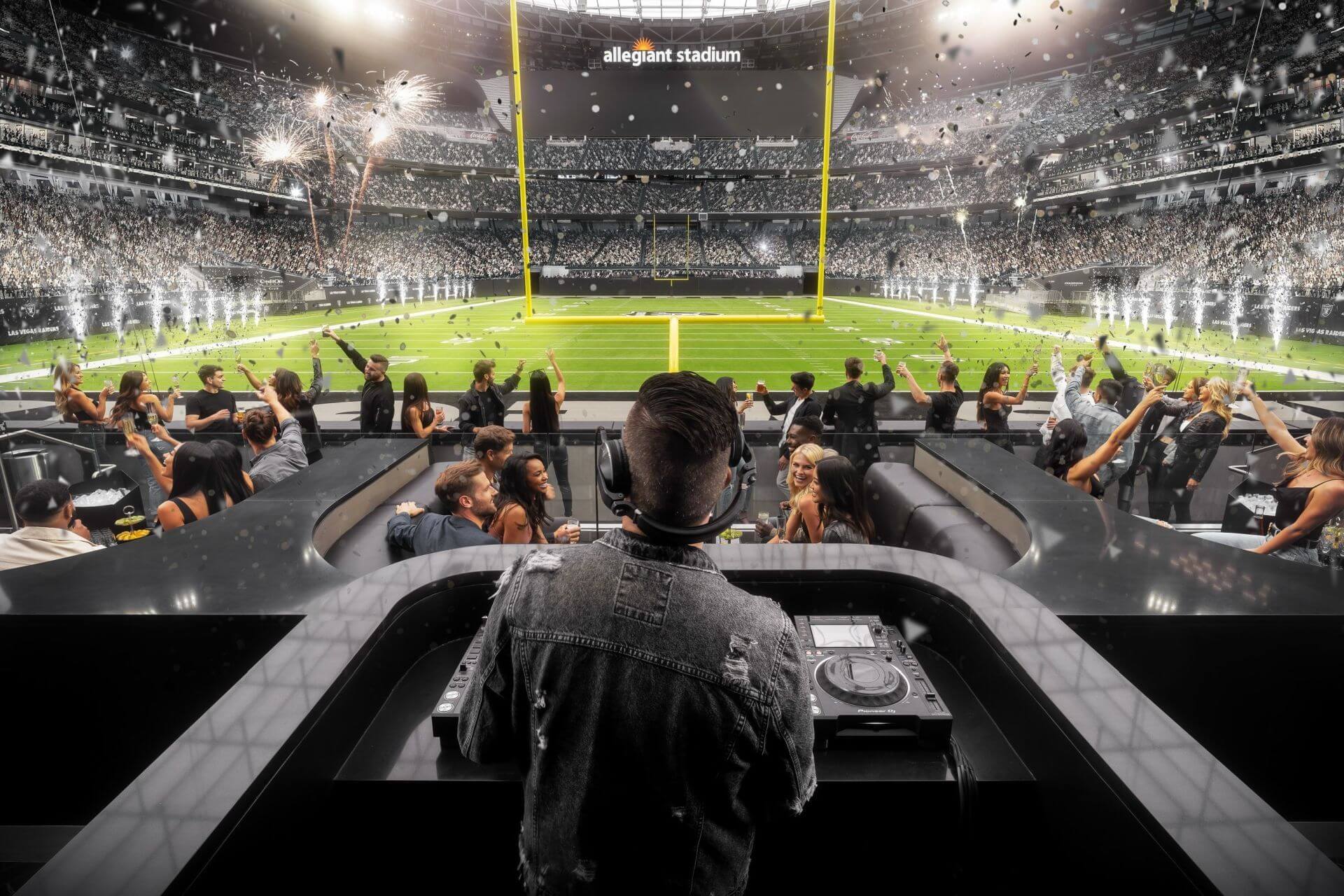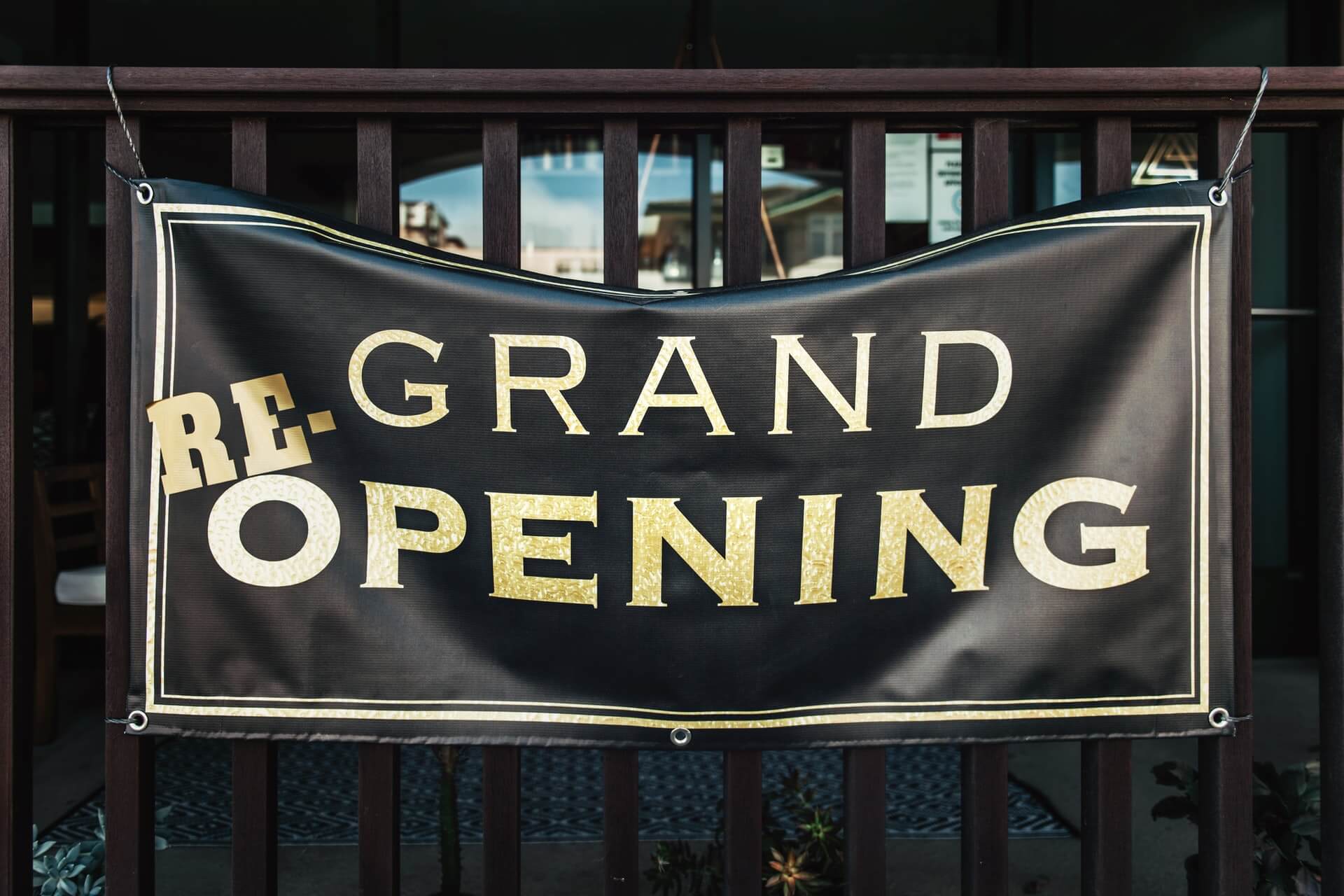Stand Out with Weird Holidays: July
by David Klemt

Want to stand out from from other restaurants and bars in your area? Then commit to keeping it weird.
Several “holidays” are set against every date on the calendar, and July is no exception. These holidays range from mainstream to food-centric to weird.
Focus on the latter to raise eyebrows, carve out a niche for your restaurant or bar, and attract more guests. Why do what everyone else is already doing?
Of course, you shouldn’t try to celebrate every holiday, weird or otherwise. And this month’s list in no way includes every odd holiday.
Focus on the days that are authentic to your brand; resonate with your guests; and help you grab attention on social media.
For last month’s list, click here.
July 1: International Joke Day
Kicking things off this month is a fun one: International Joke Day.
July 7: National Dive Bar Day
This category of bar is one of our favorites. Whether you operate a dive bar, neighborhood bar or corner bar, this is your day.
July 8: Video Games Day
This is not to be confused with National Video Game Day, which takes place September 12. This bar holiday is perfect for all the barcades and eatertainment venues out there. Or, for cool restaurants and bars that have a video game system or arcade game or two inside.
July 11: National Cheer Up the Lonely Day
Nearly the entirety of 2020 and the first half of 2021 have been challenging, to say the absolute least. It’s safe to say that we’re all quite a bit lonely. On this holiday, provide a fun and safe environment for people to get back out there, socialize, and meet new friends.
July 12: National Simplicity Day
There’s nothing wrong with complex cocktail builds. However, today is the perfect holiday to highlight the simpler two- and three-ingredient cocktails on your menu. Simple, speedy, and delicious.
July 13: National Delaware Day
Of course, this isn’t a weird holiday to people who live in Delaware. For those outside the Diamond State, this is the time to showcase Delaware brands like Dog Fish Head.
July 15: National Give Something Away Day
We’re not huge fans of outright giveaways unless said giveaway items come from a partner or sponsor. However, operators can certainly come up with a creative food or beverage giveaway that requires a purchase.
July 17: National Tattoo Day
Operators can prepare for this holiday by partnering with a local tattoo shop and creating a traffic-driving promo with them.
July 20: National Pennsylvania Day
Again, this isn’t weird to Pennsylvanians. Operators outside the Keystone State should feature brands like Philadelphia Distilling and Victory Brewing Co.
July 22: National Refreshment Day
If it’s cold and refreshing, shout it from your rooftop. It’s July, it’s hot out, and people need to know you’ve got ice cold beer, cocktails, and soft drinks.
Image: Dan Parlante on Unsplash

